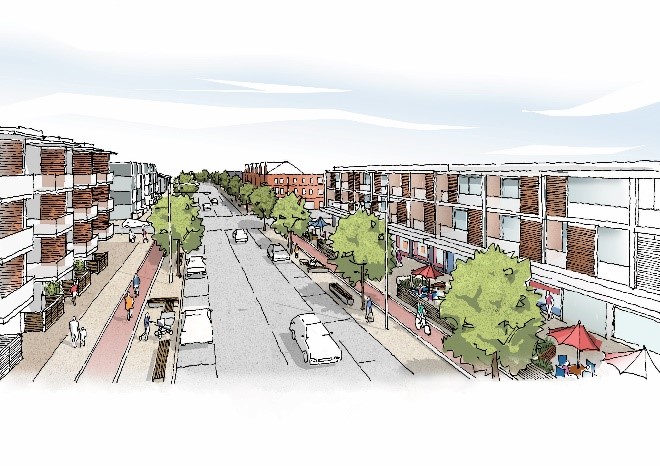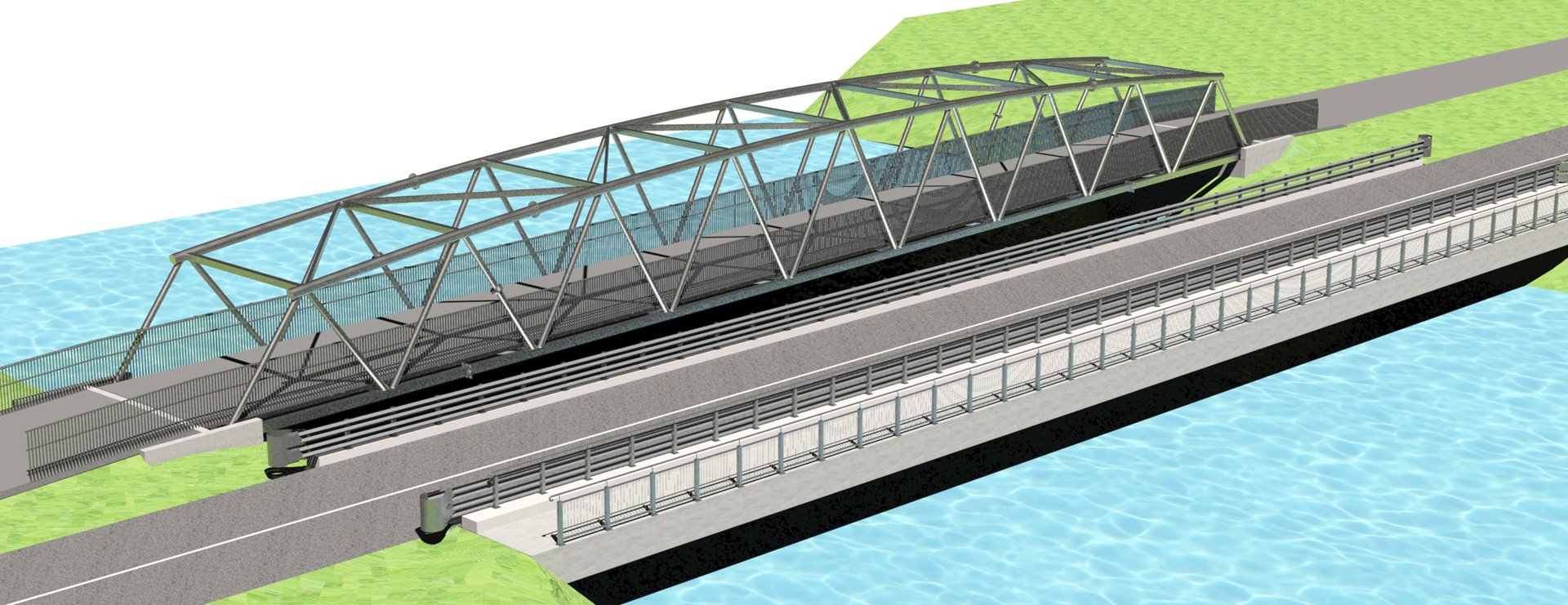Australia’s capital cities regularly feature in the top ten ‘most liveable cities’, a ranking by the Economist Intelligence Unit based on the state of local healthcare, education and safety, as well as environment and infrastructure. But within a city’s built form, what is the je ne sais quoi that drives its appeal?
At Beca, we’ve been working across civil engineering and urban precinct planning for many years, and a critical element of creating the most successful designs is a consideration for active transport.
Active transport infrastructure provides routes and connections for pedestrians and cyclists, providing safe alternatives to vehicular travel. Creating these mixed-use or low-speed vehicle areas provides more opportunities for people to focus on their health and wellbeing as part of their commute, reduces road congestion, and encourages a more sustainable and connected community. And with the rising popularity of e-bikes, active transport options are becoming more accessible to a more diverse community.
It is critical not to underestimate the importance of active transport in precinct planning. And while there have been many cultural assumptions in Australia around the topic over the years, such as detrimentally impacting retail business and slowing down commuters (two of the debunked theories), its inclusion in urban design has demonstrated a multitude of benefits both overseas and locally.
"Realistically, active transport forms part of everyone’s route, no matter what type of transport you take - unless you live and work at train stations," says Alex Seip, Senior Civil Engineer, Precincts and Active Transport Team Leader at Beca. "And putting the infrastructure in place not only helps economies; it sends a message to the community that health and wellbeing is a priority."
As part of Transport NSW’s future planning, the Active Transport Strategy is a commitment to creating ‘safe, healthy, sustainable, accessible and integrated journeys’, enabling personal mobility including walking and cycling. It is part of a suite of government strategies, policies and plans that guide land use and transport planning across the state. Moreover, its prioritisation (from both an investment and societal perspective) has unearthed a need to partner with experienced and innovative organisations, like Beca.

Figure 1 Drury West Town Centre visualisation sketch
Drawing from a legacy of civil engineering, sustainable design and precinct sector transport planning, Beca is now applying our experience in the active transport space - with a particularly strong track record in New Zealand - to both strategic and contributory projects alongside key clients and partners.
We’ve now completed a succession of projects with City of Parramatta in NSW, stemming from an initial bridge engineering and technical advisory project, which led to the opportunity to pitch for, and subsequently win, several dedicated active transport ventures. This includes feasibility studies and community consultation, through to detailed design work.
"Our cumulation of active transport projects is testament to balancing historically proven solutions - there’s no need to reinvent the wheel every time - with understanding the risks to mitigate and the opportunities to harness," said Alex. "We know what we’re doing at Beca, and we pull from our broader team of experts and our overseas teams when we need. But even more importantly I think, is that we partner with other providers with local expertise - like landscape architects - where we know they’ll add value."
Beca has recently submitted a tender to participate in the Western River Precinct Connections design and delivery project - a unique undertaking to enhance the Parramatta River frontage with the City of Parramatta - having successfully completed the feasibility study last year. This would continue our strong relationship with City of Parramatta on Active transport.

Figure 2 Bennelong bridge and cycleway.
Beca holds the UNSW Cycle Ways Active Design Accreditation, considered a best practice benchmark in the industry. Endorsed by the NSW Minister of Active Transport and City of Sydney, this reinforces our trusted advisory role in the sector."
"One of our key advantages is our practical engineering approach and I think that’s why we’ve won more than our fair share of these projects," says Alex. "We’ve had enough experience across the lifecycle of projects to know a good design; a solution that serves its purpose; buildability from a delivery sense - those are all critical for a client. It’s not like every project will - or should - cost as much as the Sydney Harbour Bridge."
Our integrated model, with services ranging from roads and rail, through to building and infrastructure, means our solutions consider many of the multidimensional project challenges active transport designs can encounter.
For example, on a recent project, there were 13 signalised intersections, which necessitates intricate stakeholder engagement with multiple government and traffic authorities for approvals and demonstration of effective traffic flow. With our extensive infrastructure planning and civil engineering experience, our ability to support clients through this complex process is a unique advantage.
We are proud to be contributing to active transport projects and supporting clients and partners in creating better places. At the end of the day, we are not just constructing physical designs; we are envisioning the sustainable cities of the future. With each day, we are making progress towards our future-focused vision.
Learn more here at https://www.beca.com/what-we-do/markets